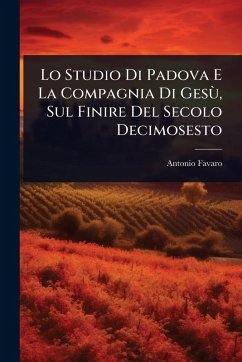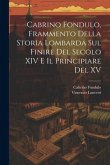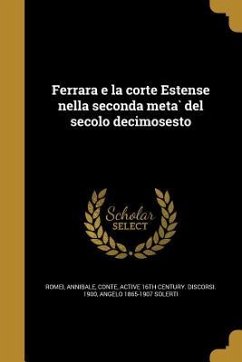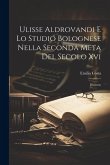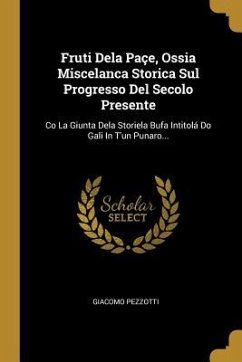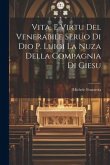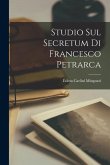"Lo Studio Di Padova E La Compagnia Di Gesù, Sul Finire del Secolo Decimosesto: Narrazione Documentata", by Antonio Favaro, offers a detailed account of the relationship between the University of Padua and the Society of Jesus (Jesuits) at the close of the 16th century. Based on extensive documentary research, the book explores the interactions, tensions, and collaborations between these two significant institutions during a pivotal period in Italian history. Favaro delves into the educational, religious, and political contexts that shaped their dynamic, providing insights into the intellectual climate of the time and the evolving roles of both the university and the Jesuit order. This historical narrative sheds light on the complexities of institutional relationships and the broader cultural landscape of late 16th-century Padua. This work has been selected by scholars as being culturally important, and is part of the knowledge base of civilization as we know it. This work was reproduced from the original artifact, and remains as true to the original work as possible. Therefore, you will see the original copyright references, library stamps (as most of these works have been housed in our most important libraries around the world), and other notations in the work. This work is in the public domain in the United States of America, and possibly other nations. Within the United States, you may freely copy and distribute this work, as no entity (individual or corporate) has a copyright on the body of the work. As a reproduction of a historical artifact, this work may contain missing or blurred pages, poor pictures, errant marks, etc. Scholars believe, and we concur, that this work is important enough to be preserved, reproduced, and made generally available to the public. We appreciate your support of the preservation process, and thank you for being an important part of keeping this knowledge alive and relevant.
Bitte wählen Sie Ihr Anliegen aus.
Rechnungen
Retourenschein anfordern
Bestellstatus
Storno

